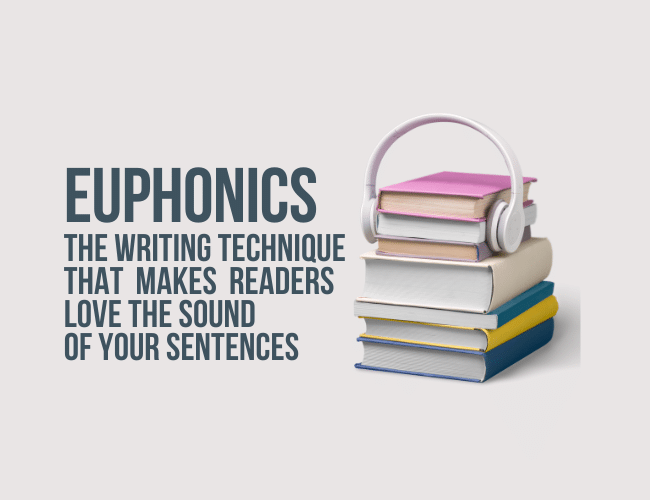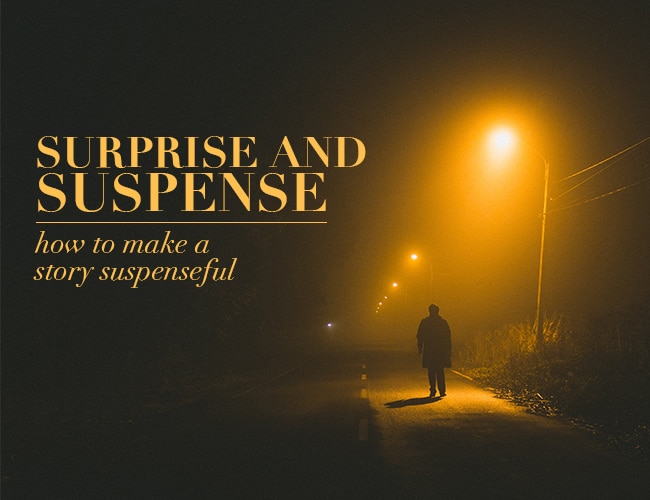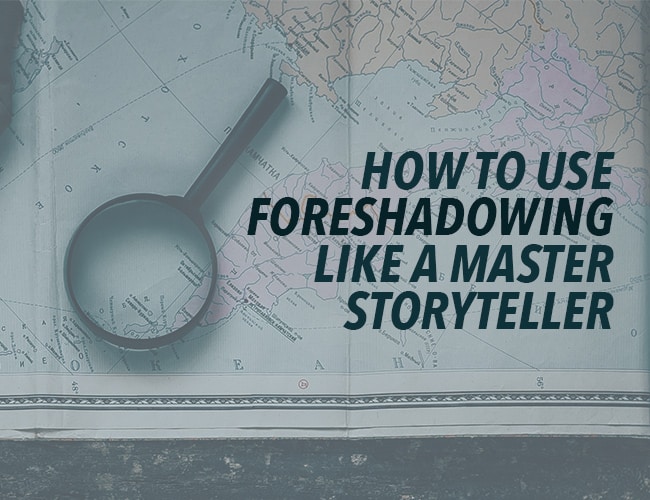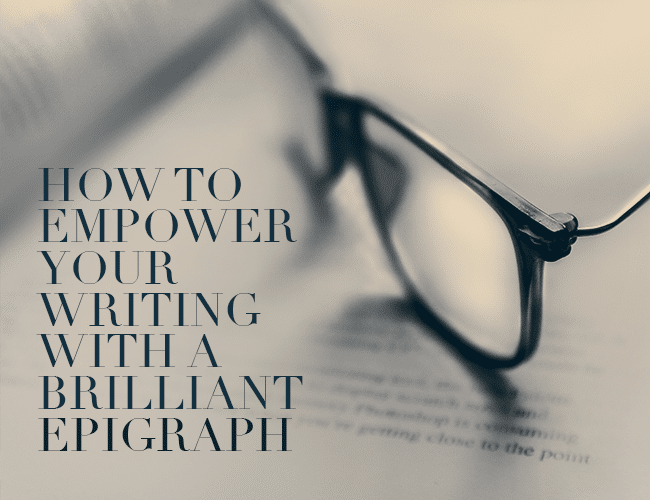
by Joslyn Chase |
Two of the most vital skills you should focus on as a writer are how to tell a story that satisfies readers and how to develop compelling characters. But once you’ve got that figured out, aren’t there other writing techniques, more subtle perhaps, that draw readers in and make stories shine?
There are. And one of those writing techniques is called euphonics.
Rayne Hall, author of the Writer’s Craft series, defines euphonics as “the use of sound devices for prose writing.” The dictionary definition of euphonic expands on that to include “a harmonious succession of words having a pleasing sound.”
Understanding this writing technique and applying it to your sentences will make your readers fall in love with your writing!

by David Safford |
Point of view is the vehicle that drives a story. Get it right, and your novel hums along smoothly and your reader never notices.
Get it wrong, however, and your book becomes an unbearable clunker rife with confusion.
Shawn Coyne, author of The Story Grid, has read a lot of critically acclaimed and successful books, and noticed something about their point of view. All of these books used a specific style of narration, and you can use it too.

by Joslyn Chase |
Surprise! Okay, that probably wasn’t very surprising. How do you surprise your readers? And how do you create the slow burn of suspense, keeping them on the edge of their seats as they tear through your story? Let’s talk about how to make a story suspenseful.

by Sue Weems |
We’re on the verge of summer, and that means I’m attending graduations (including my oldest son’s). Whether you are attending one for a friend or family member or yourself, commencement ceremonies are a great place for inspiration and one other thing: cliché-hunting.
Clichés are overused phrases or metaphors that weaken our writing. As writers, we want to hunt down, drag out, and kill clichés in our writing. (I know, the killing metaphor is also probably cliché. I’m still working on it.) Here are some ideas for how to avoid clichés in our writing.

by The Magic Violinist |
Foreshadowing is a task writers have to approach with the same careful precision they use when threading a needle. It’s not always easy, but when done right, you’re in business. Hinting at a future revelation is necessary for authors of mystery novels, for example, but it’s useful for all writers looking to include a killer twist—no pun intended.

by Guest Blogger |
The epigraph is simply a well-chosen quotation, set at the beginning of a text. Epigraphs can open essays, books, chapters of a book, or even each story in a book—any writing, really, which suggests its theme.
They can, however, do so much more.
After a short primer, just to get us on the same page with a working understanding of the epigraph, and a little confessional angst, you will have a couple of practice challenges to engage your new friends.





